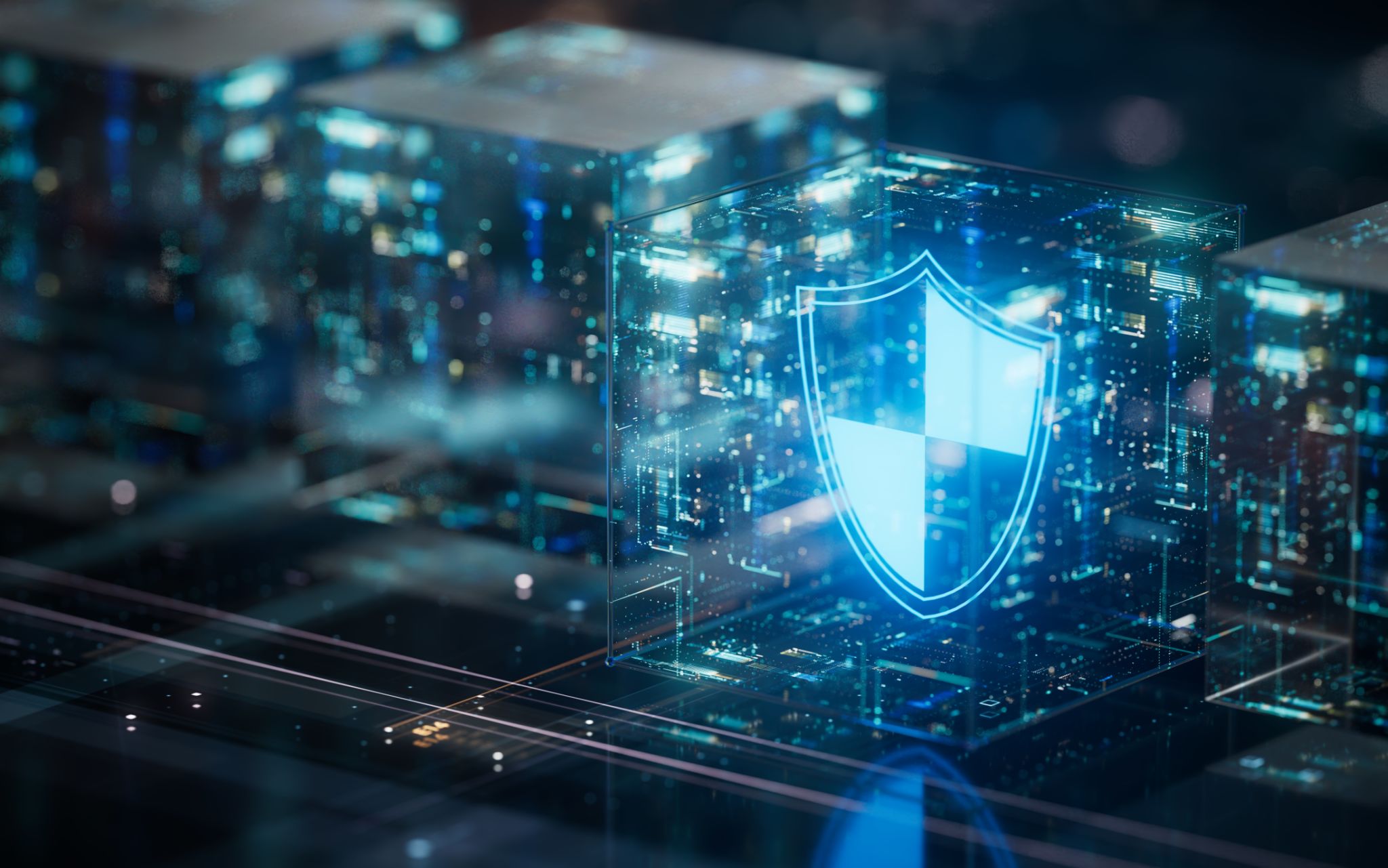Securing Digital Assets: A Comprehensive Guide to Using Blockchain Effectively
Introduction to Blockchain Security
In the digital age, securing assets has become a top priority for individuals and organizations alike. Blockchain technology offers a revolutionary approach to safeguarding digital assets, providing security, transparency, and immutability. As we delve into the world of blockchain, it's crucial to understand how to leverage this technology effectively to protect valuable information.
Blockchain operates on a decentralized network, which means there is no single point of failure. This characteristic significantly reduces the risk of fraud and cyberattacks, making it an attractive option for securing digital assets. In this comprehensive guide, we will explore the key aspects of using blockchain effectively for security purposes.

Understanding Blockchain Basics
Before diving into the security features of blockchain, it's essential to grasp its fundamental concepts. A blockchain is a distributed ledger that records transactions across multiple computers. This decentralized structure ensures that no single entity controls the entire network, enhancing its security.
Each transaction on a blockchain is encrypted and linked to the previous one, creating a chain of blocks. These blocks are not only secure but also transparent, allowing all participants to view the transaction history. This transparency fosters trust among users and makes it difficult for malicious actors to alter data without detection.
Blockchain's Role in Asset Security
Blockchain's unique attributes make it an ideal tool for securing digital assets. Its cryptographic nature ensures that data is protected with high-level encryption. Additionally, the consensus mechanism used in blockchains requires network participants to agree on transactions, further enhancing security.

Implementing Blockchain for Asset Protection
To leverage blockchain effectively for asset protection, it's important to follow a strategic approach. Here are some key steps:
- Identify Assets: Determine which digital assets require protection, such as intellectual property, financial records, or personal data.
- Select the Right Blockchain: Choose between public or private blockchains based on your needs. Public blockchains offer greater transparency, while private blockchains provide more control over access.
- Utilize Smart Contracts: Implement smart contracts to automate processes and reduce the risk of human error.
Challenges in Blockchain Security
While blockchain offers significant security advantages, it is not without challenges. One major concern is the potential for 51% attacks, where a group of miners controls more than half of the network's computing power, potentially altering transactions.
Additionally, the immutability of blockchain can be a double-edged sword. Once data is recorded, it cannot be altered or deleted, which means any errors or fraudulent transactions are permanent. It's crucial to ensure accurate data entry and validation processes to mitigate these risks.

The Future of Blockchain in Asset Security
The future of blockchain in asset security looks promising as advancements continue to improve its capabilities. Emerging technologies like quantum computing and artificial intelligence are being integrated with blockchain to enhance its security features further.
Moreover, as more industries adopt blockchain technology, we can expect increased standardization and regulatory frameworks that will bolster its reliability and trustworthiness. Staying informed about these developments is key to maximizing blockchain's potential in securing digital assets.
Conclusion
Blockchain technology presents a powerful solution for securing digital assets in an increasingly digital world. By understanding its basic principles and implementing strategic measures, individuals and organizations can effectively protect their valuable information from threats.
As you navigate this evolving landscape, remember that staying informed and adaptable is essential. Embrace blockchain's potential to transform the way we secure our digital assets and look forward to a future where security and transparency go hand in hand.

